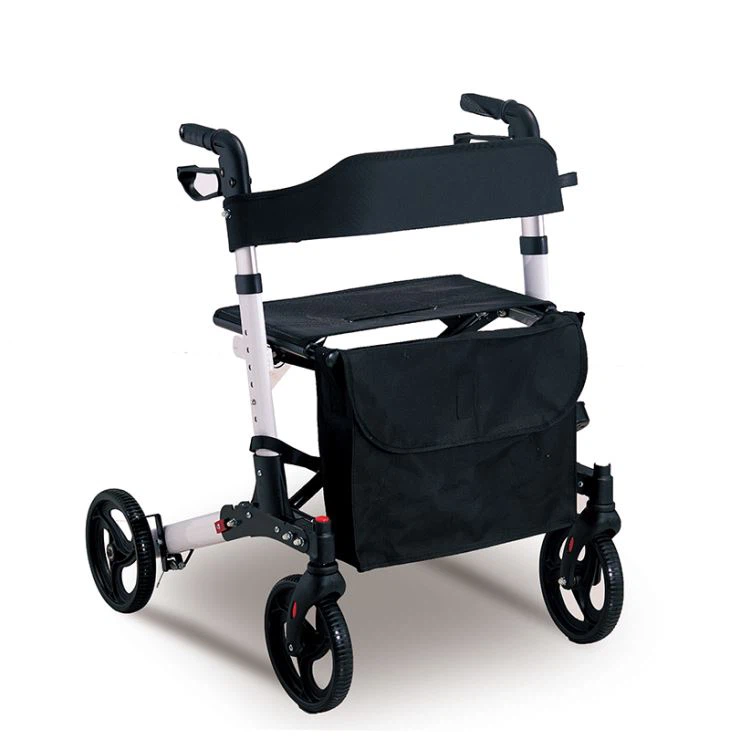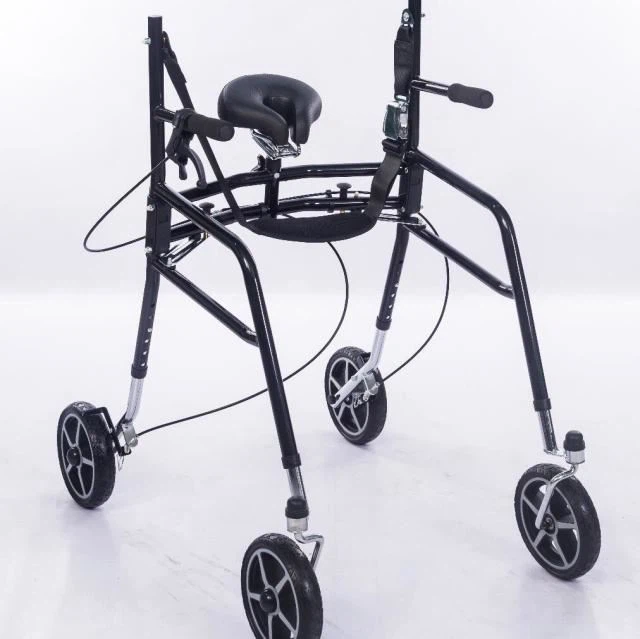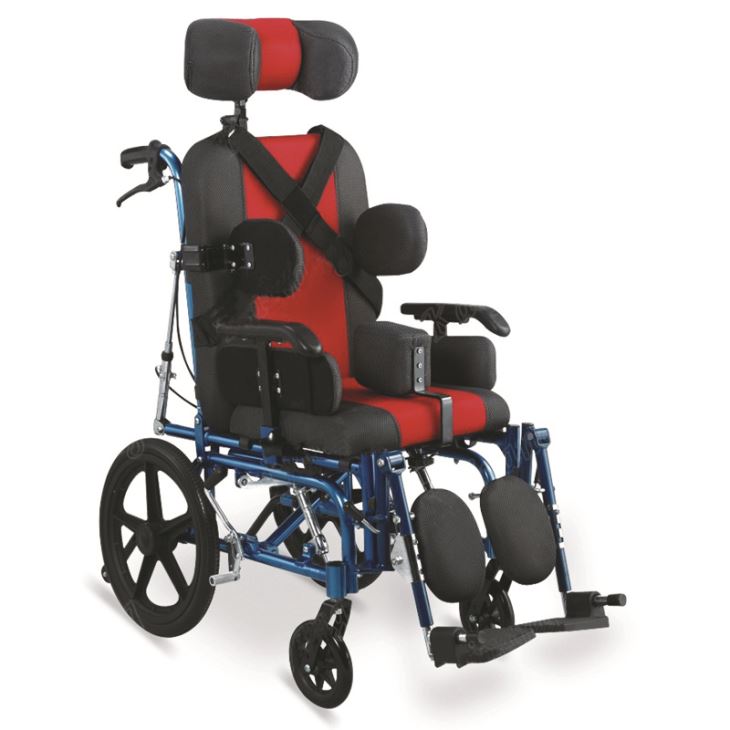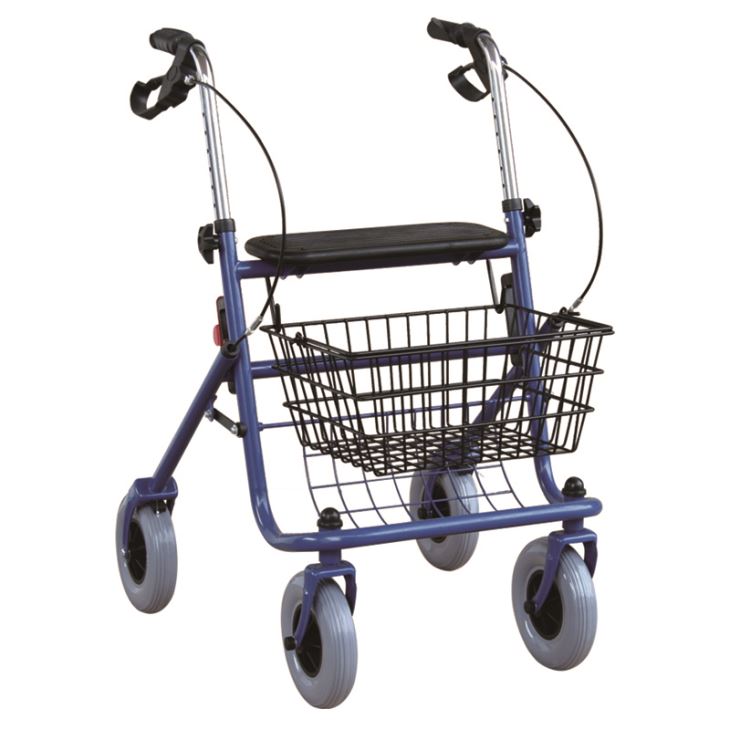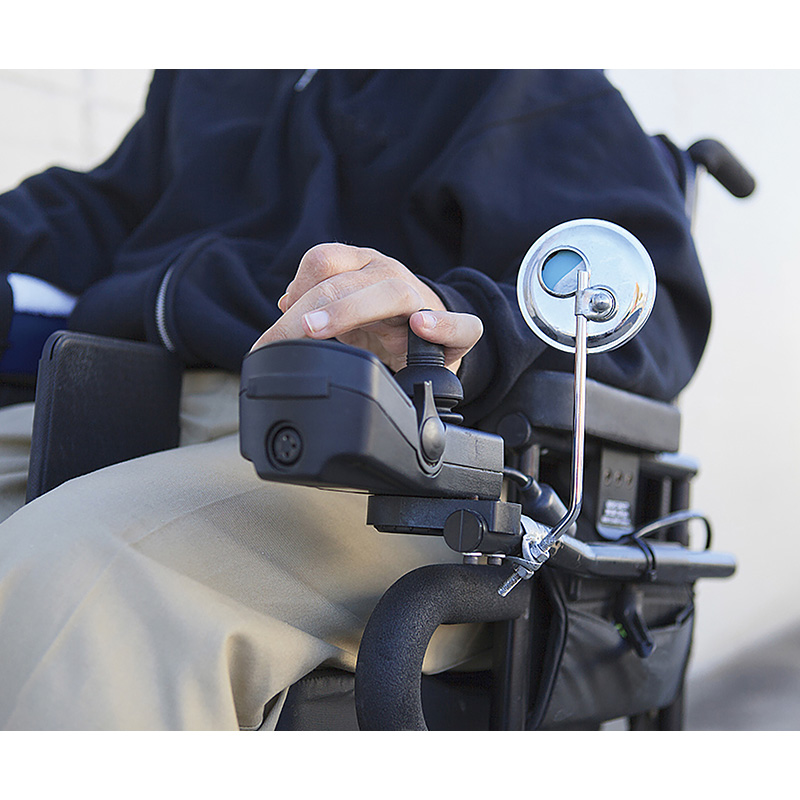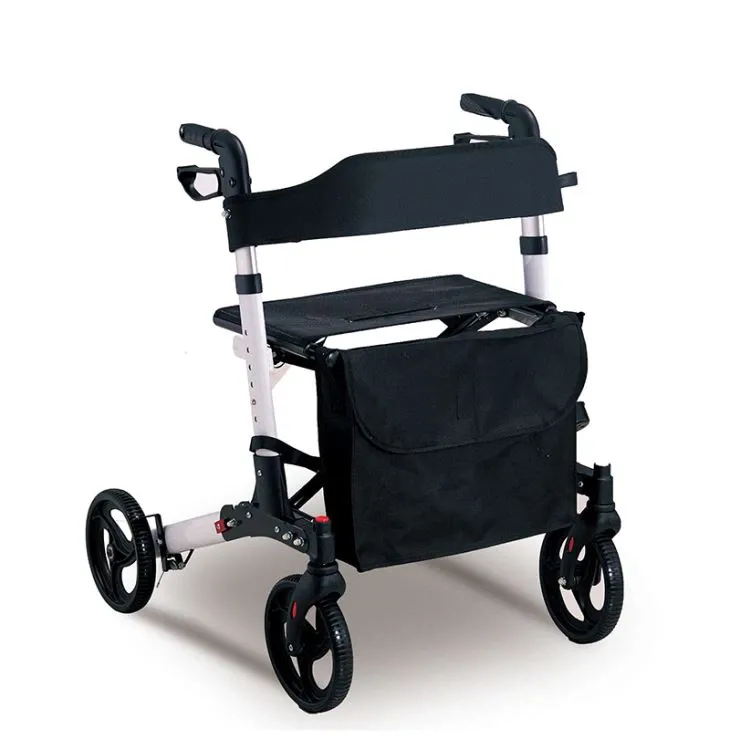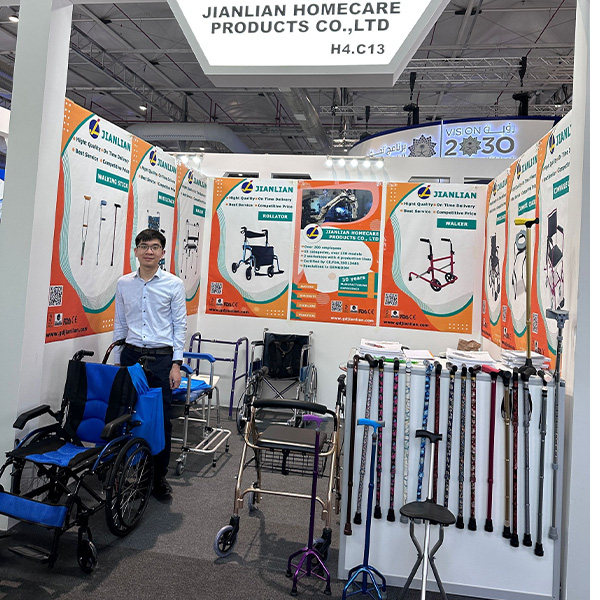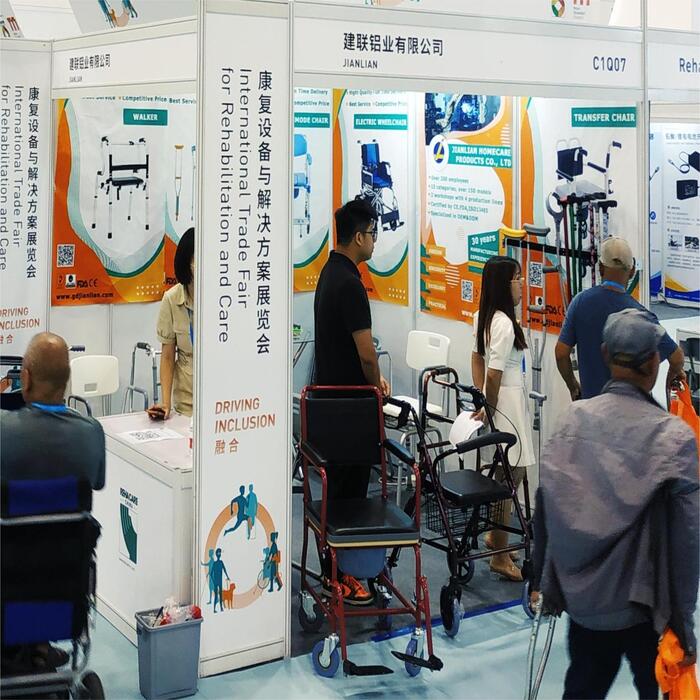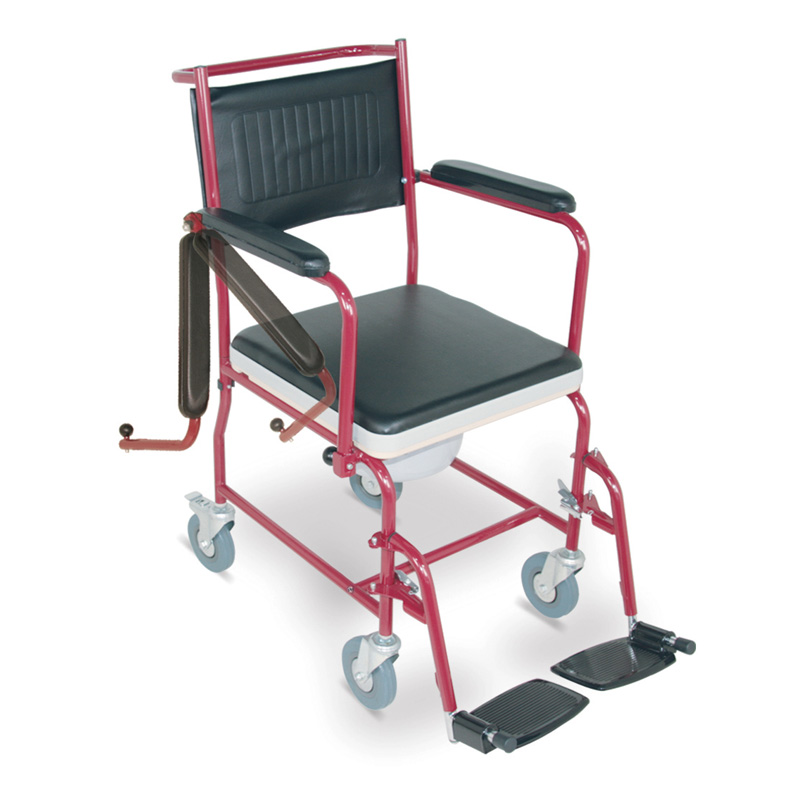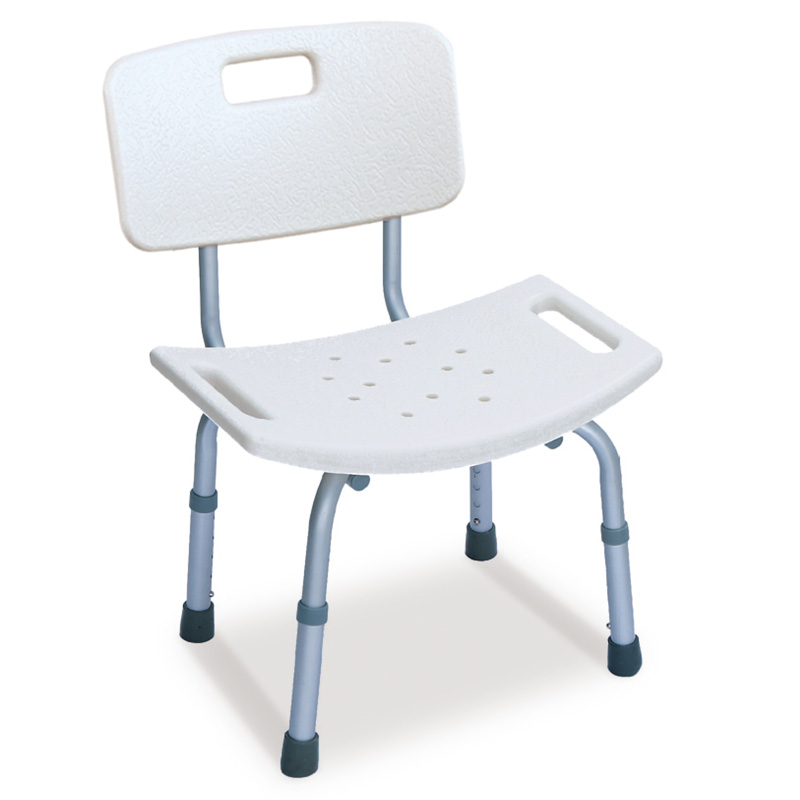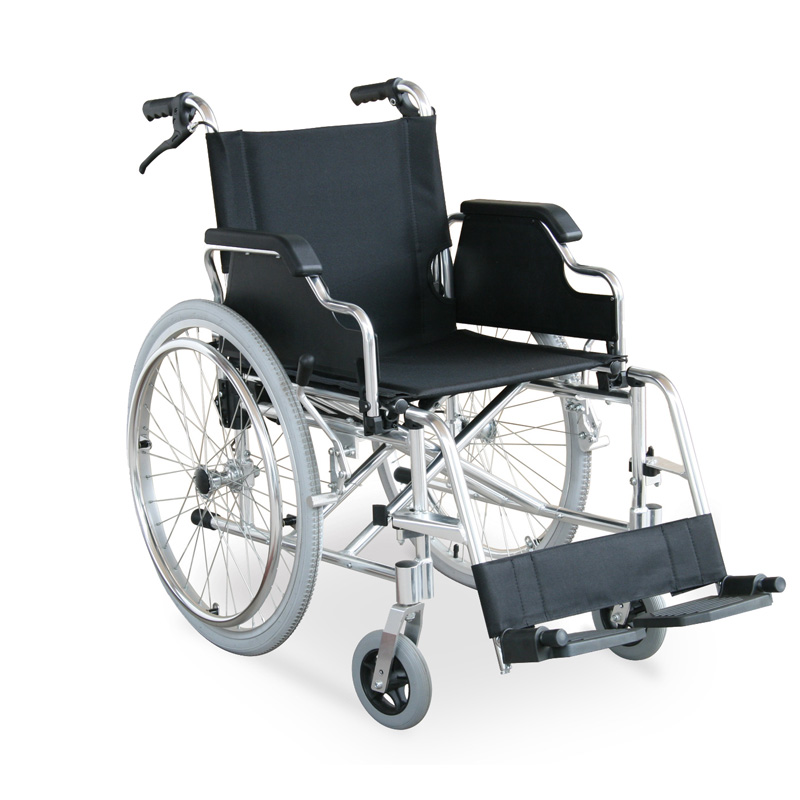This paper a passive step-climbing for a mobility (rollator or walker)
2023-07-14 04:56
This paper describes a passive step-climbing mechanism for a mobility aid (rollator or walker). The mechanism can generate the up–down motion of wheels by making use of a gear pair and links
In recent years, there has been a growing need for mobility aids such as rollators and walkers to assist individuals with their daily activities. These mobility aids provide a sense of independence and ease of movement, helping people to maintain an active and healthy lifestyle.
To enhance the functionality of these devices, researchers have been working towards developing new features, one of which is passive step-climbing. This technology enables rollators and walkers to easily climb over obstacles such as curbs, door thresholds, and other uneven surfaces effortlessly and safely.
The passive step-climbing feature is designed to provide a smooth ride for users, without causing any discomfort or inconvenience. It is easy to operate and requires minimal user input, making it an ideal addition to any mobility aid.With the passive step-climbing feature, individuals can confidently navigate different terrains, expanding their accessibility to more areas and activities. It promotes a sense of empowerment and self-sufficiency, enabling users to maintain an active and fulfilling life.
In conclusion, passive step-climbing is a significant advancement in the development of mobility devices. It enhances the functionality of rollators and walkers, providing a smooth and effortless ride for users. With its many benefits, it is poised to become an essential feature in all mobility aids, improving the lives of individuals who rely on these devices.
This paper describes a passive step-climbing mechanism for a mobility aid (rollator or walker). The mechanism can generate the up–down motion of wheels by making use of a gear pair and links, and such motion enables the user to transform his/her pushing force into the lifting and supporting forces for step climbing. It is usually hard for a conventional manual mobility aid to climb up a step higher than half of its front wheel's radius. This paper shows that our mechanism is able to climb up a step which is higher than the radius. In this paper, we first describe the components of our developed step-climbing mechanism and their arrangement. Then, the geometric and force conditions for accomplishing step climbing are discussed. In addition, it is shown that our mechanism can reduce shocks produced from an unexpected collision with a step. This property must be suitable for a mobility aid. we discuss power assistance for easier and safer handling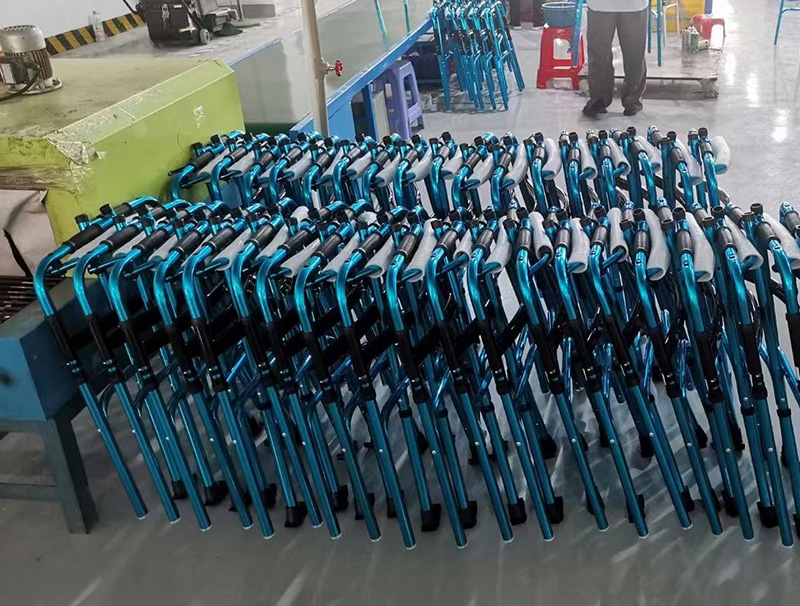
-
Please visit 4 Wheeled Rollator Walker With Seat For Elderly
Enhance your mobility and comfort with our premium 4-wheeled rollator walker! Crafted from durable aluminum with an anodized finish, it offers stability and easy maneuverability. Featuring soft foam handles for a secure grip and a convenient seat, this walker is designed to meet your needs
Get the latest price? We will reply as soon as possible (within 12 hours)

